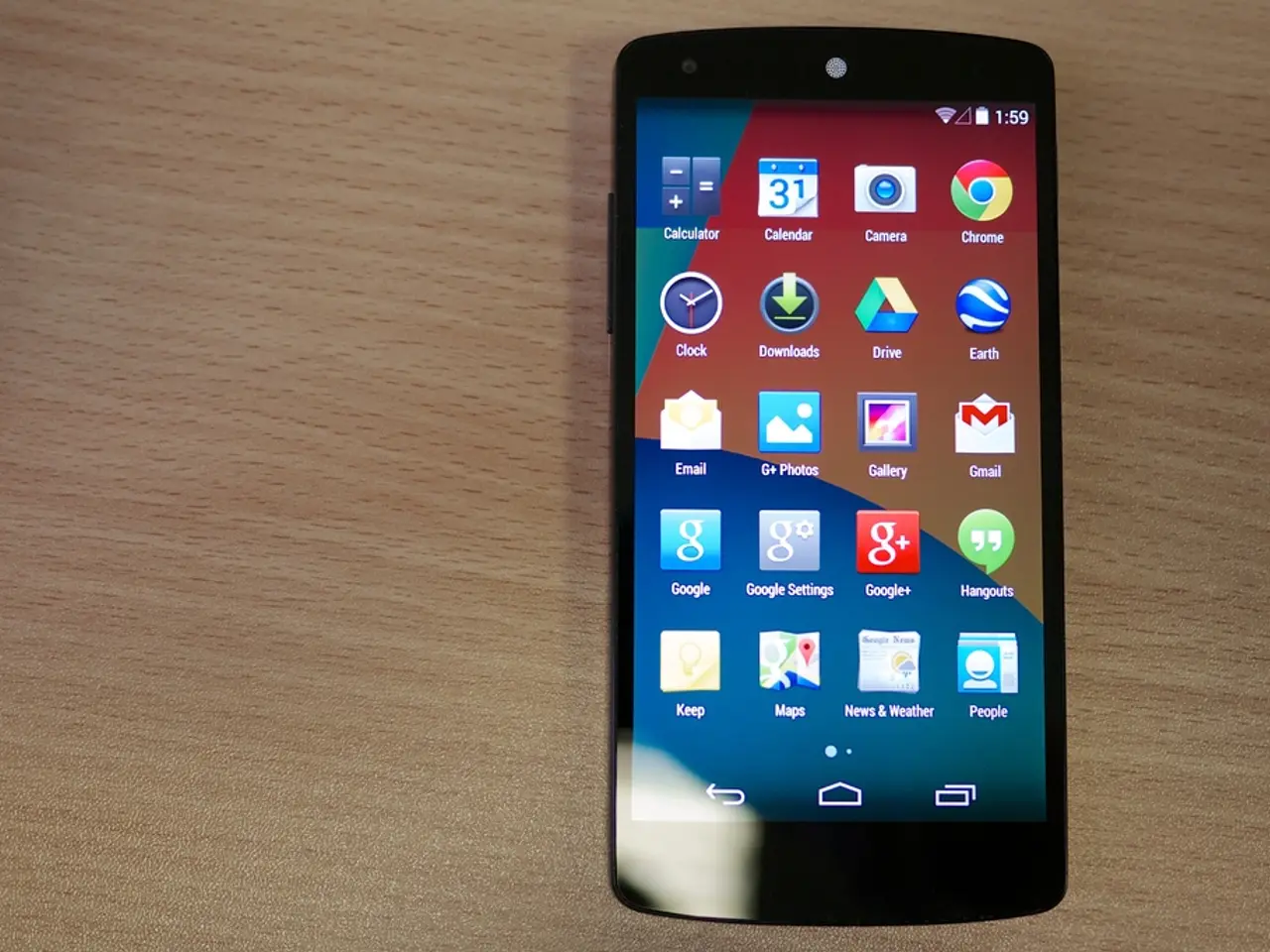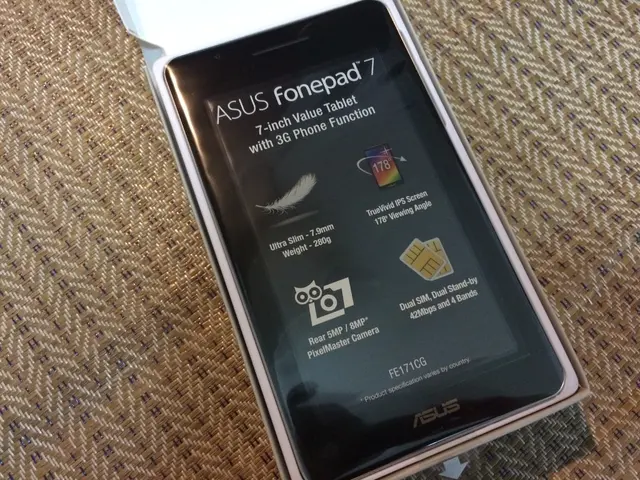Designing for Mobile: Key Considerations to Keep in Mind
In the realm of mobile user experience (UX) design, it's crucial to create interactive experiences that respect users' attention, task, and mindset, while accounting for device limitations and emerging mobile mindsets like extended engagement and interrupted attention. Here's a roundup of key principles and best practices to help you craft touch-friendly, ergonomic, clear, and flexible mobile UX designs.
Touch-friendly Elements
Interactive components should be at least 44x44 pixels to accommodate finger sizes, with adequate spacing (minimum 10 pixels) to reduce accidental taps and errors by 25%. Visual feedback on touch, such as color changes or shadows, bolsters user confidence [1].
Ergonomic Layout
Place critical actions within easy reach, especially in the bottom third of the screen, reducing physical strain during use on larger devices [1].
Gestures and Navigational Patterns
Swipe gestures enhance fluidity and satisfaction by around 30%. Horizontal scrolling can help showcase galleries or carousels without cluttering the UI. However, gestures must be clearly differentiated from taps to avoid confusion [1].
Clear Combined Visual and Textual Cues
Use recognizable icons with labels to improve comprehension by 40%, helping users with varying familiarity and reducing cognitive load [1].
Secondary Actions via Long-press
This keeps primary interfaces uncluttered while making advanced features discoverable and accessible [1].
Cross-device and Cross-OS Testing
Regular testing ensures consistent touch performance with less than 5% error rates, addressing device and OS constraints [1].
Emerging Mobile Mindsets
Emerging mobile mindsets emphasize the reality of interrupted attention and extended engagement, necessitating UX that supports short, resumable interactions and seamless transitions. Designers should:
- Support quick context switches, allowing users to pick up tasks midstream without losing progress.
- Avoid overwhelming users by prioritizing the most essential information and controls upfront.
- Design for partial attention spans by minimizing unnecessary distractions or lengthy flows.
AI Integration in Mobile UX
The best practices encourage:
- Designing with an AI-native mindset: Embedding AI features seamlessly into workflows rather than as flashy add-ons. Interfaces should feel collaborative, transparent, and responsive to user needs [5].
- Focusing on real user workflows ("desire lines") to reduce friction rather than merely innovating for novelty [5].
- Maintaining human-in-the-loop for strategic and empathic design decisions, while using AI to automate routine tasks and speed ideation [5].
While not all mobile UX needs to target AI agents, designers should also consider semantic architecture and data integrity behind interfaces as AI interactions grow more common, ensuring systems reliably support both human and machine users [3].
Respecting Device Limitations
Avoiding heavy app dependencies (e.g., battery-intensive native apps) when web or PWA options provide adequate performance and user satisfaction [2]. Optimizing performance and UX for common constraints like limited bandwidth, smaller screens, and touch input [1][2].
In summary, effective modern mobile UX design is touch-optimized, clear, and ergonomically placed, supports flexible, resumable usage patterns to match interrupted attention, and thoughtfully incorporates AI in ways that enhance—not complicate—user workflows, all while testing rigorously across devices to handle diverse hardware and software environments.
[1] Creative Bloq: The 10 principles of interactive design for mobile [2] Nielsen Norman Group: Mobile Design: Best Practices for the User Experience [3] Medium: Designing Interruptions in Mobile UX [4] Toptal: Guide to Notification Design [5] Microsoft: Respecting Focus: A Guide to Improving Productivity and Reducing Distractions in Digital Tools
Read also:
- Tesla-powered residences in Houston create a buyers' frenzy
- Ford accelerates electric vehicle production with a $2 billion restructuring of its Kentucky factory.
- Saudi Secures $83 Million Expansion Funding for its Multi-Platform Car Rental and Mobility Service
- Labour's Online Safety Bill transforms into a high-stakes political dilemma




